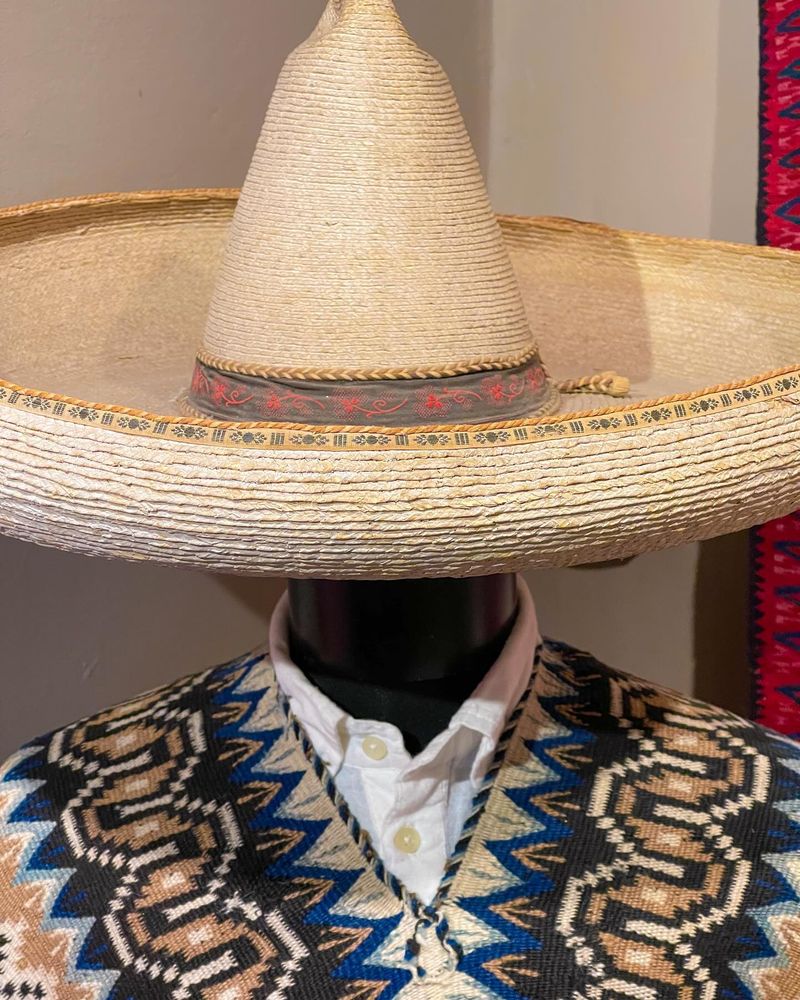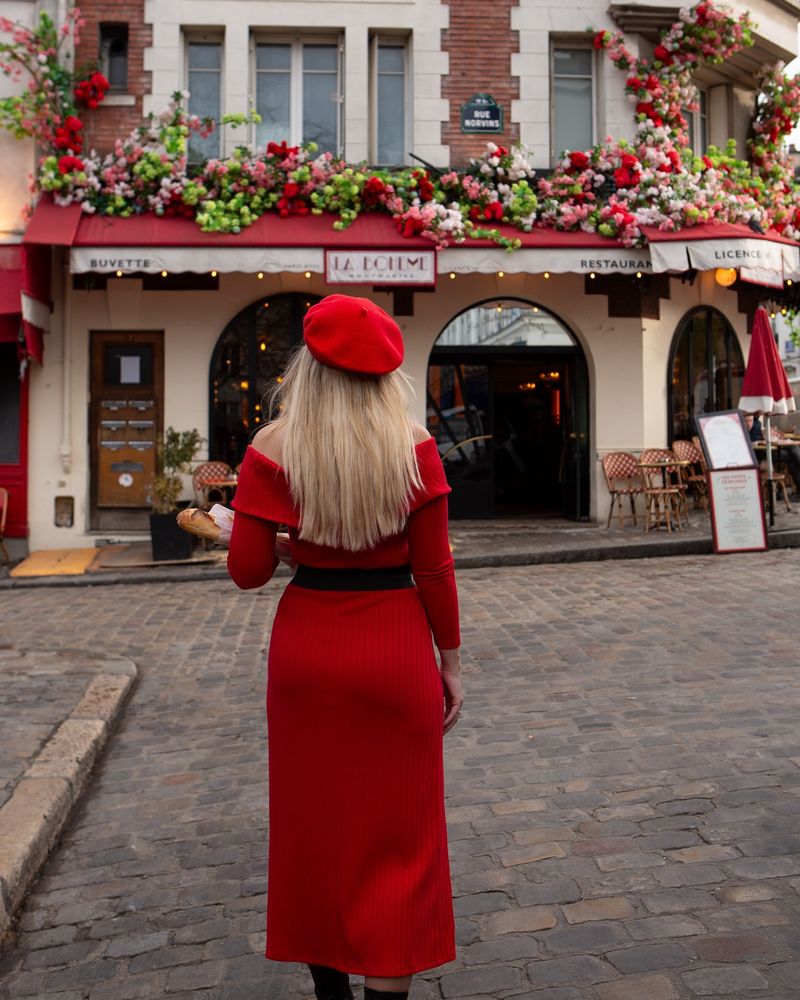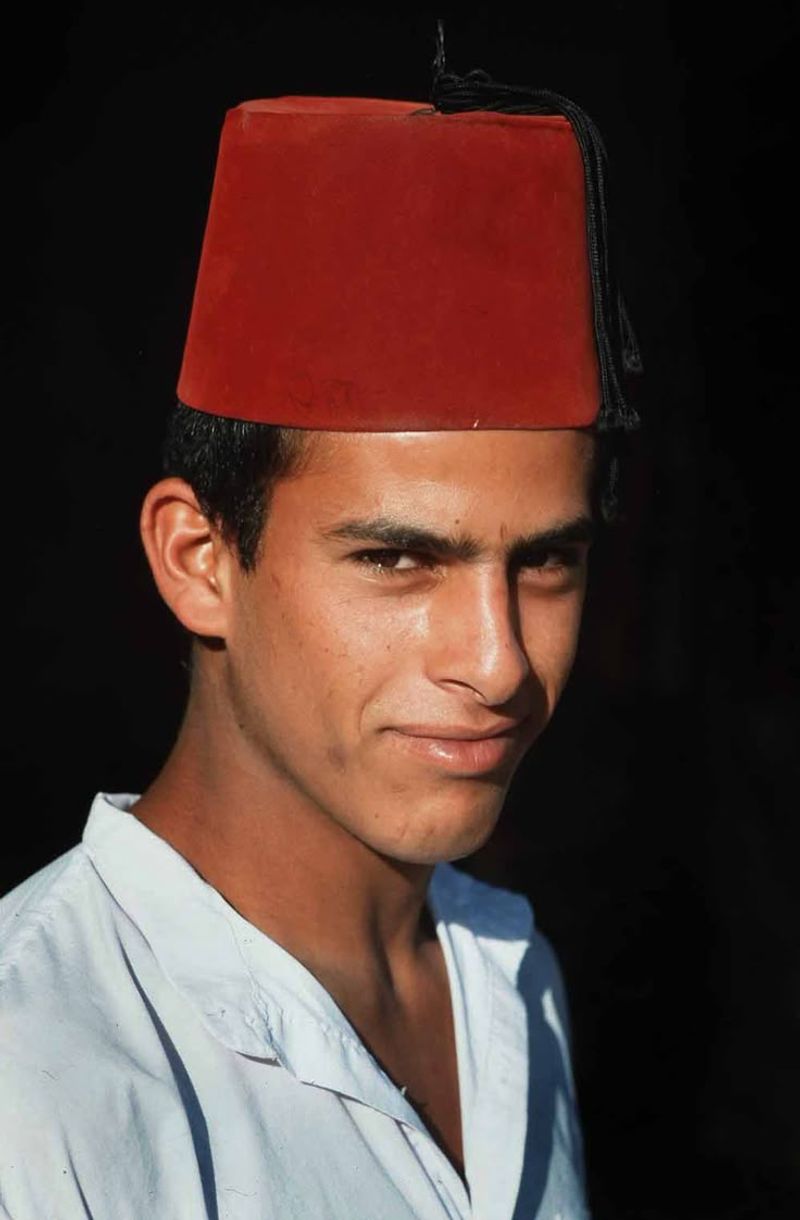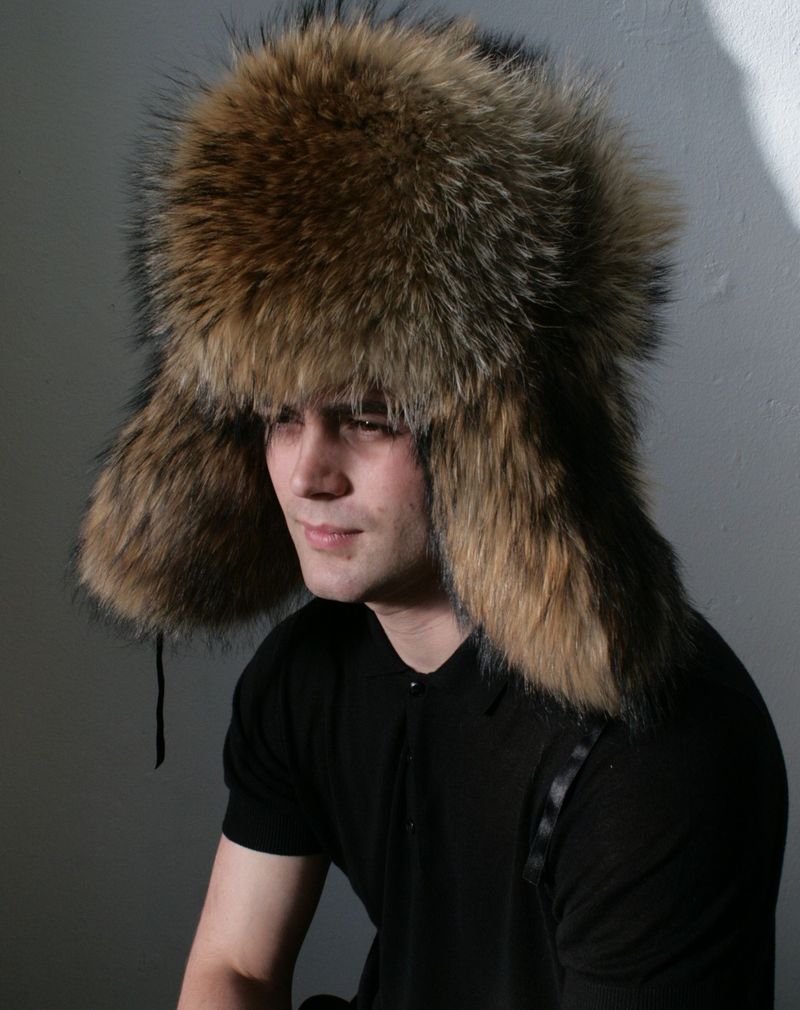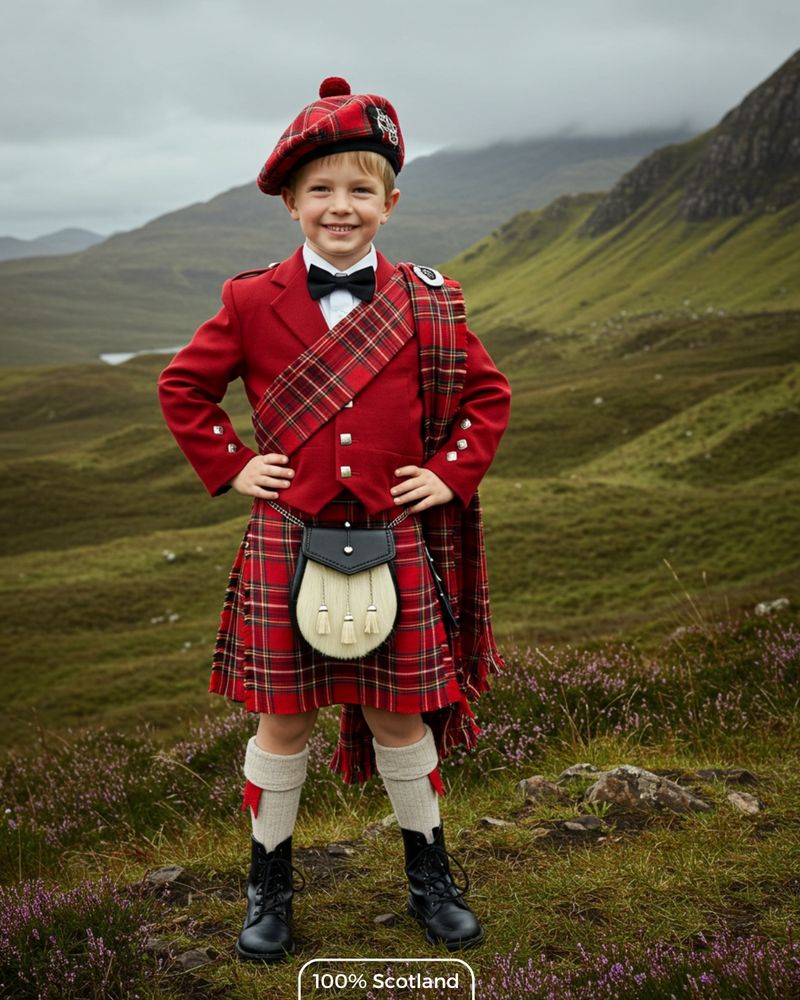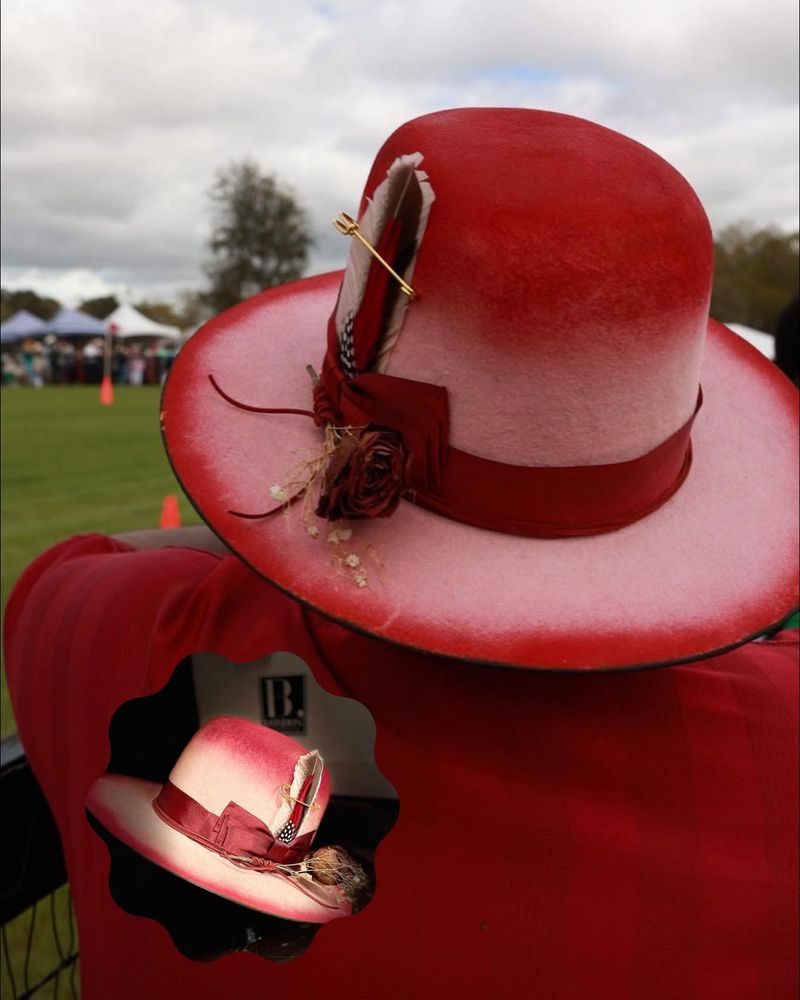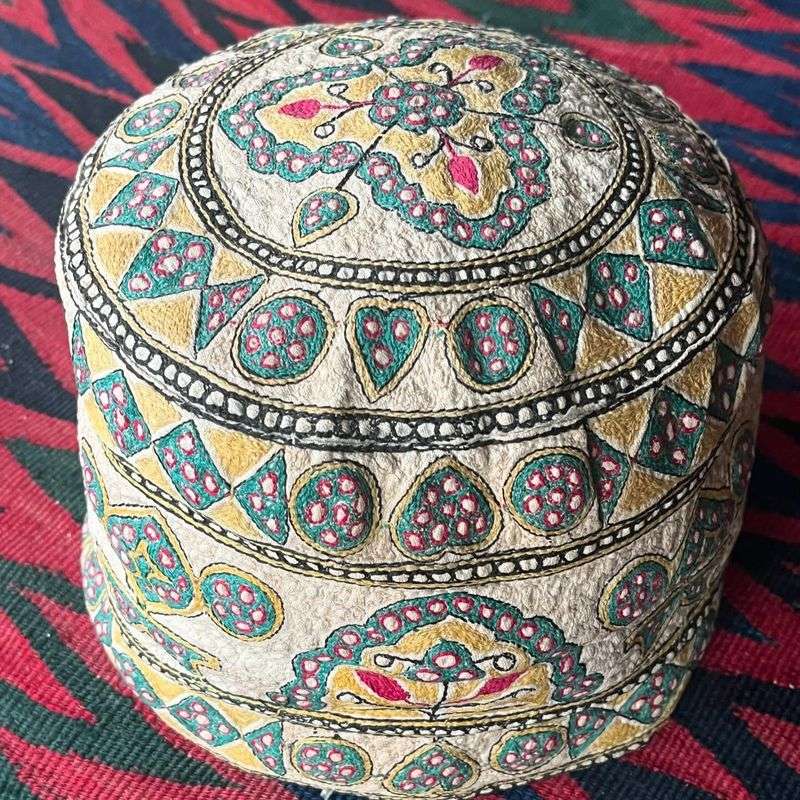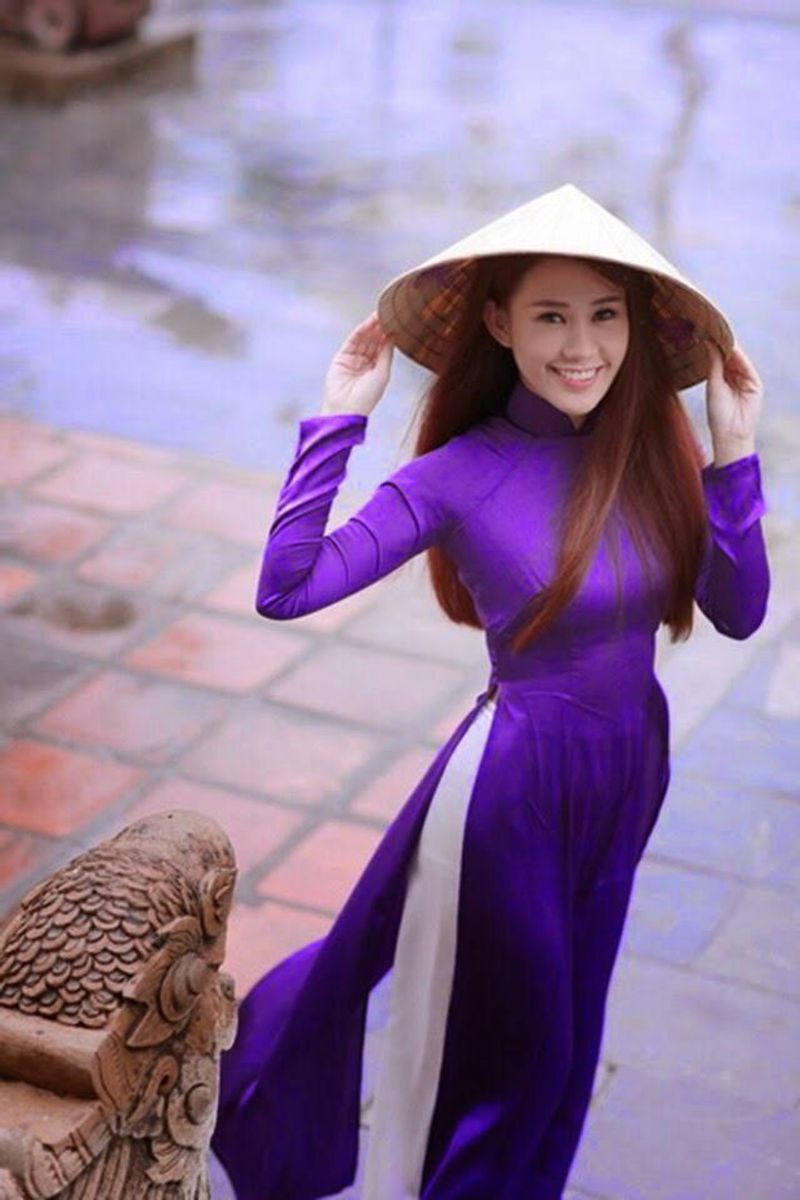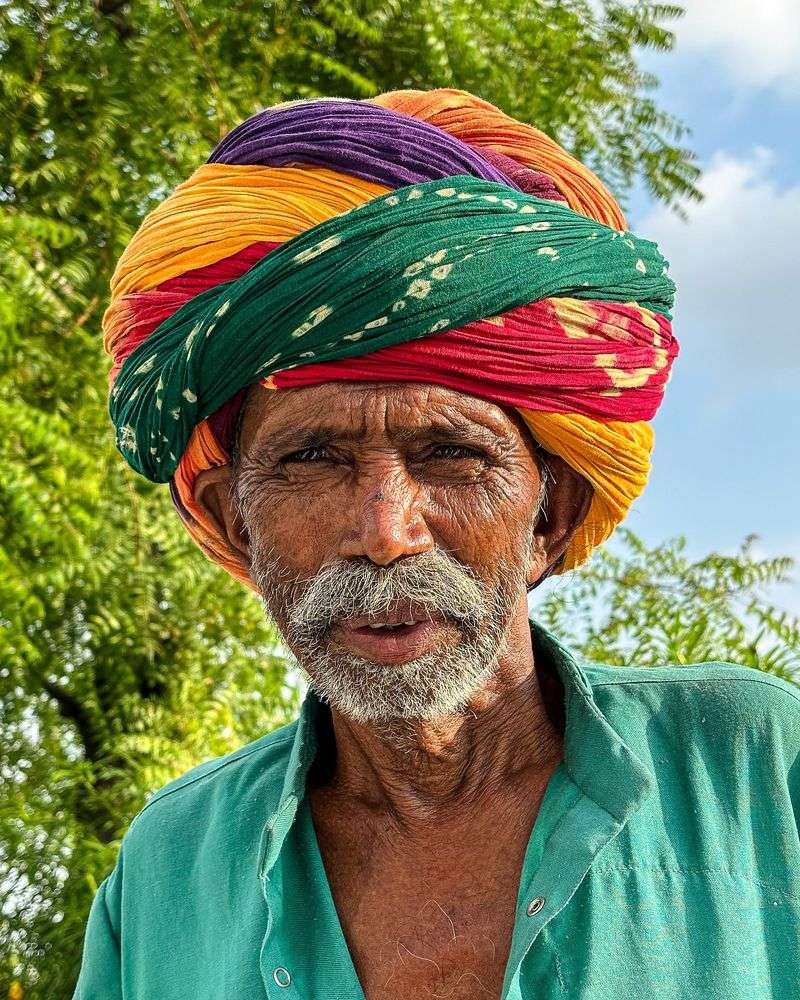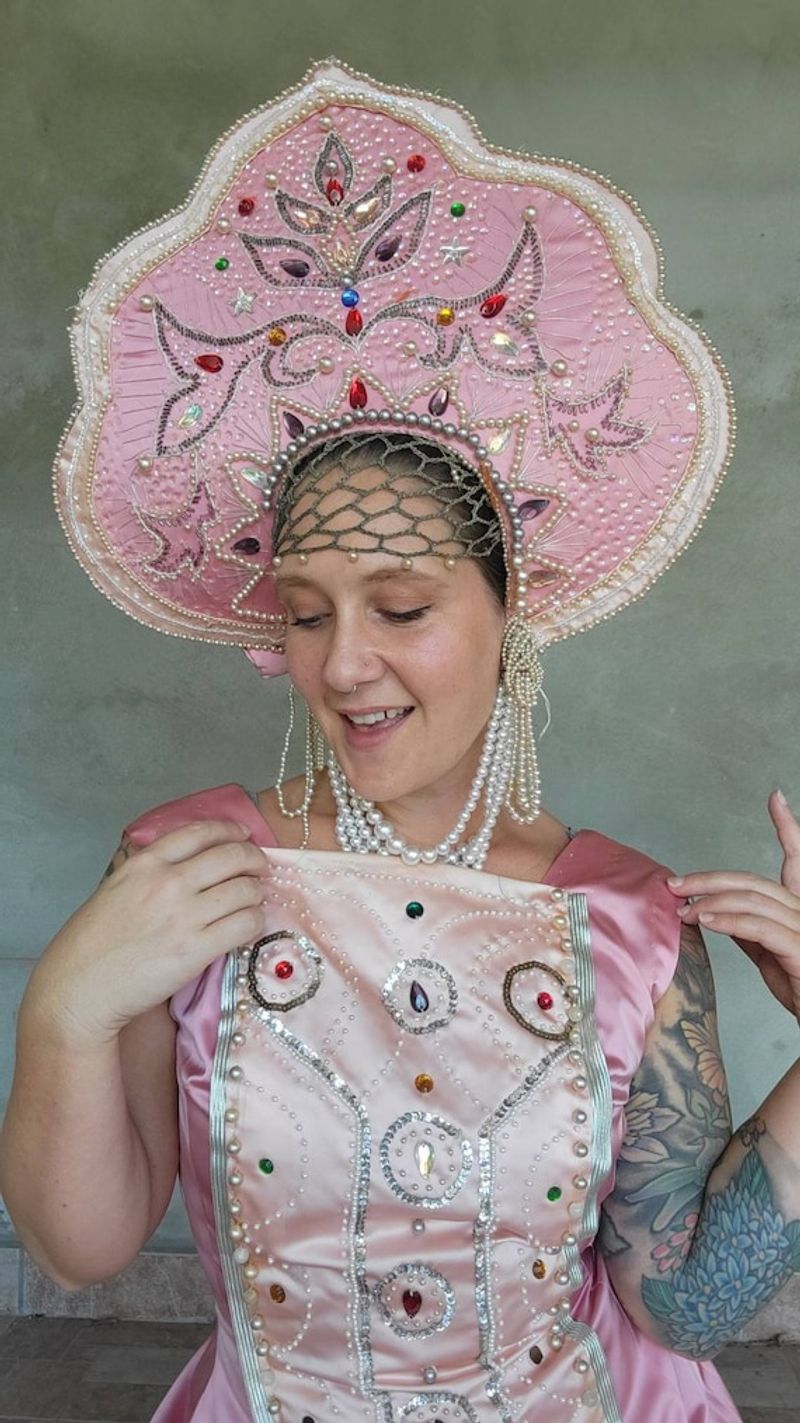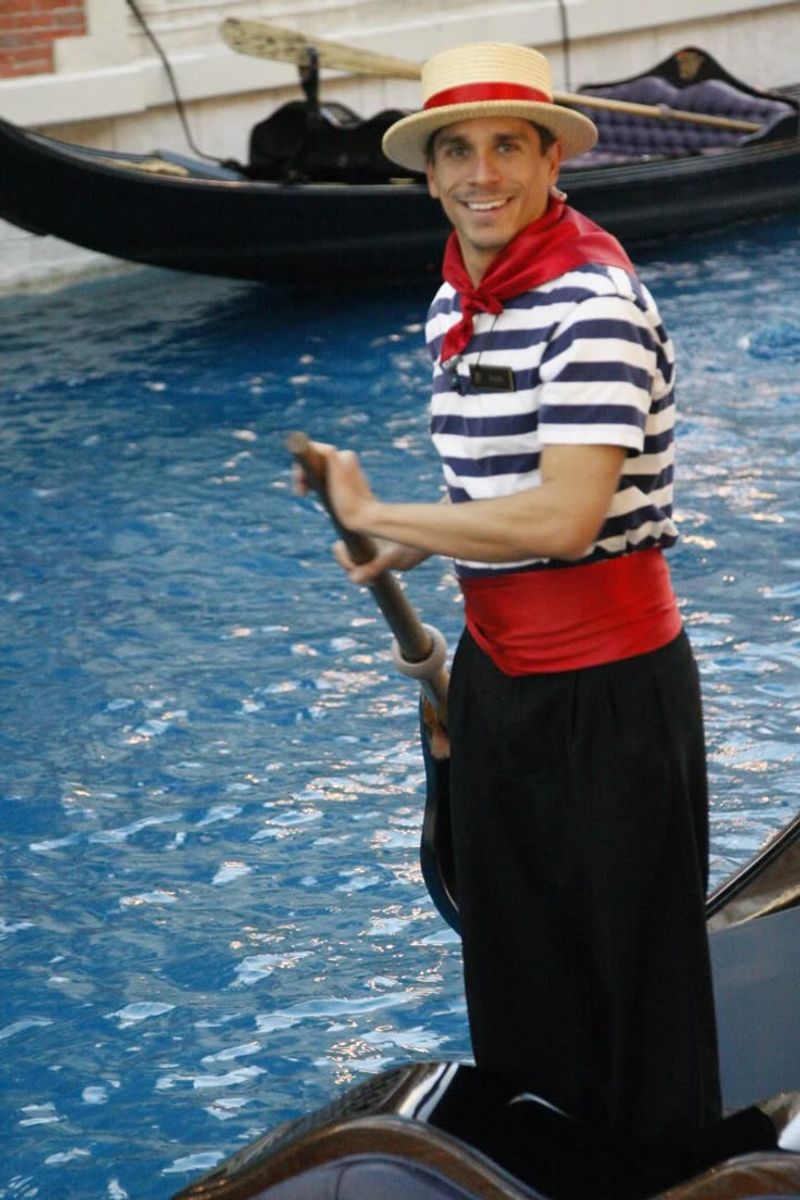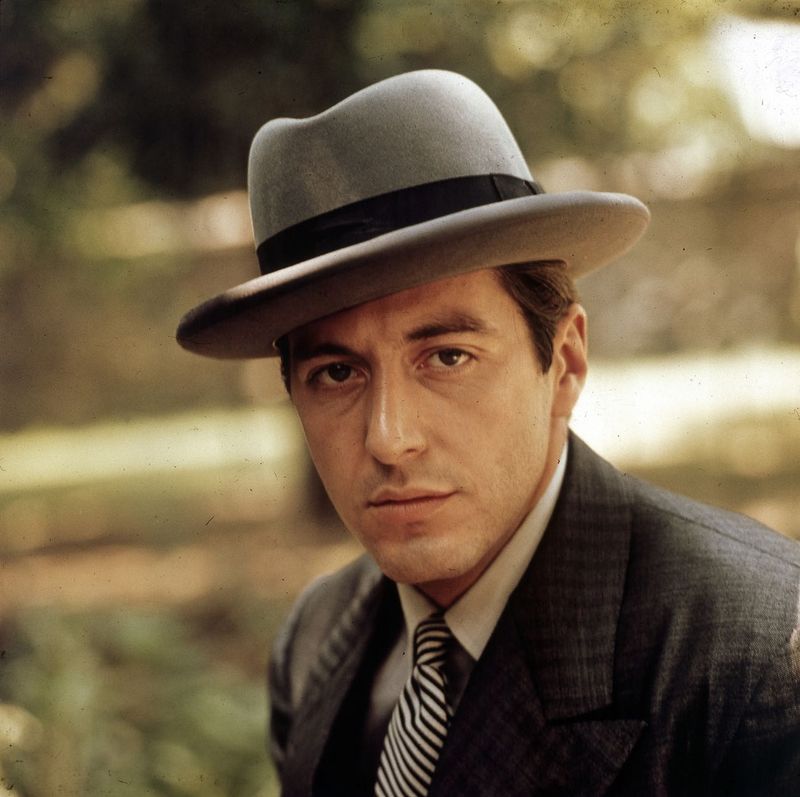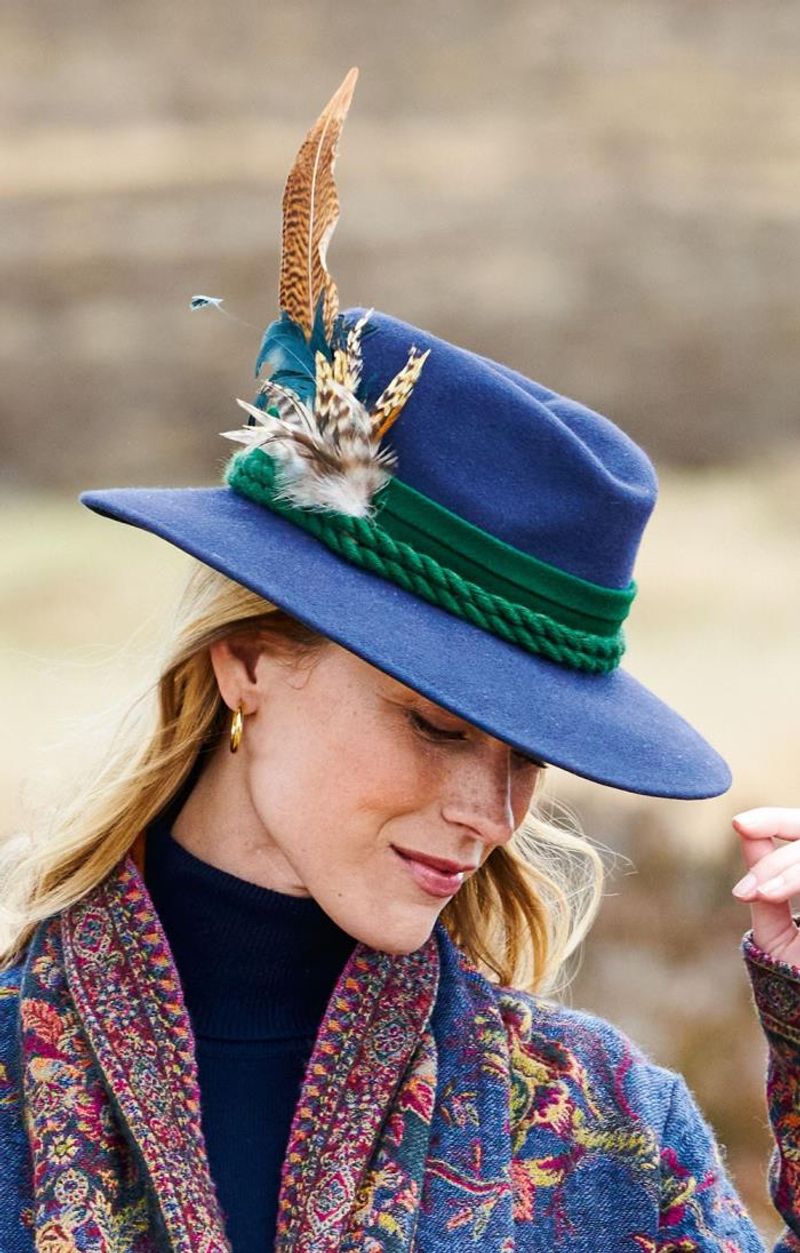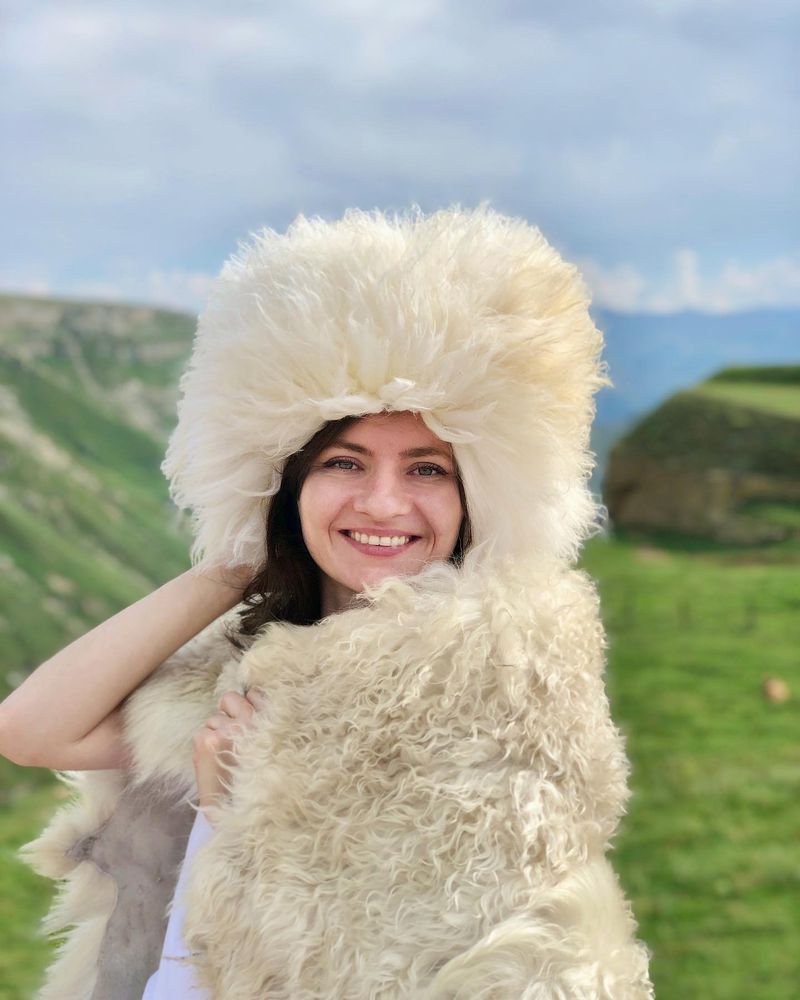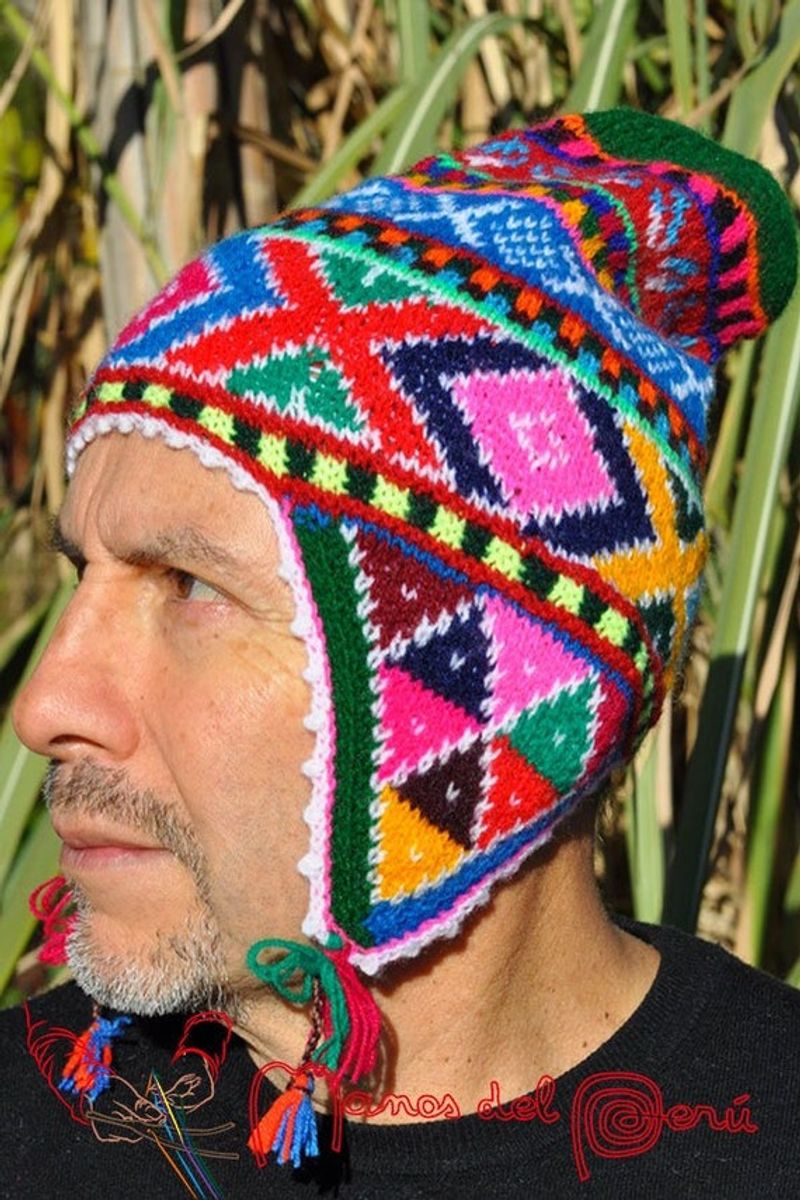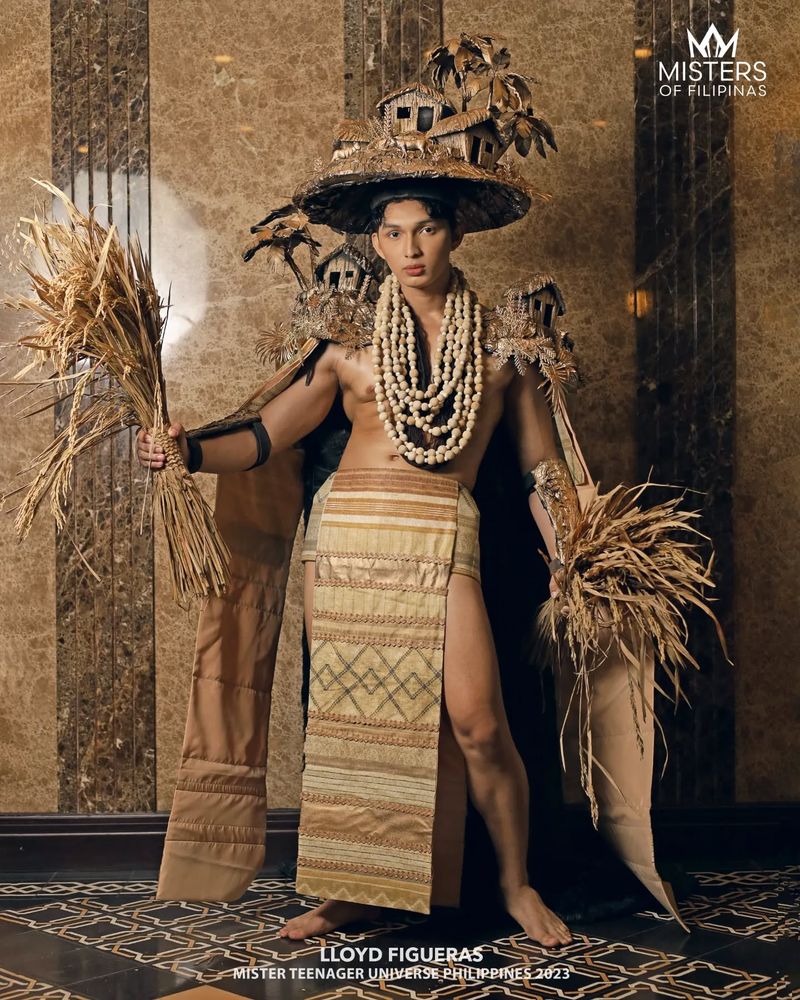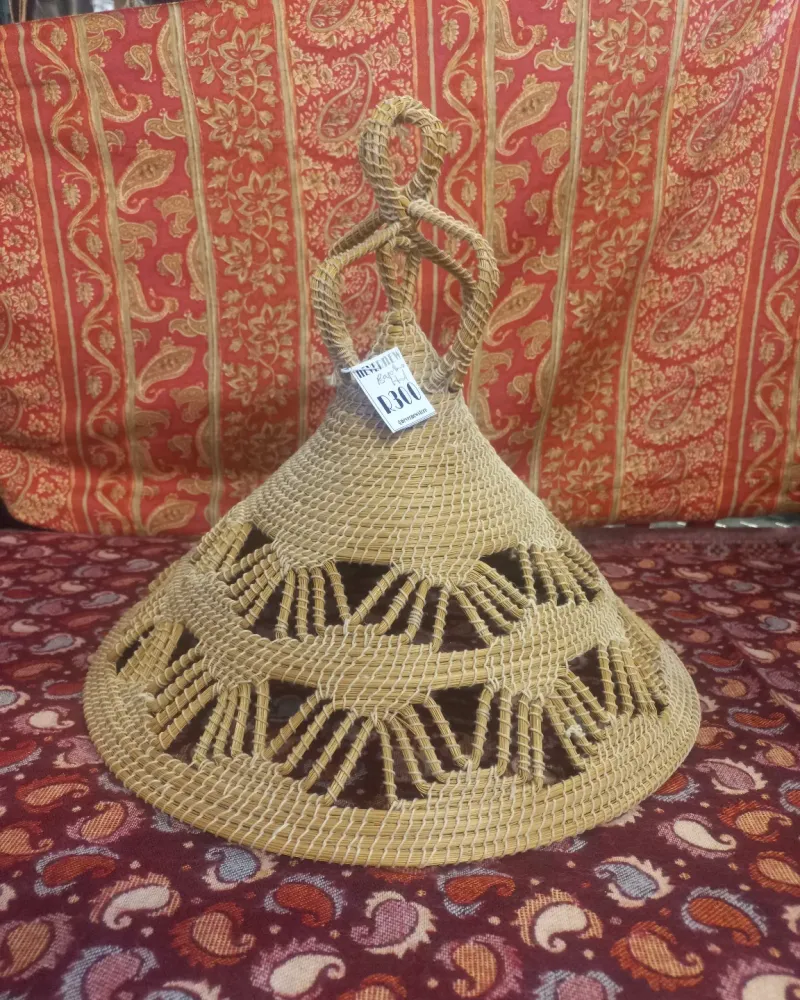20 Iconic & Traditional Hats Worn In Different Countries
Hats aren’t just practical items that protect us from the elements – they’re powerful symbols of culture, status, and identity around the world.
I’ve always been fascinated by how a simple head covering can tell so much about a person’s homeland and heritage.
From desert sun shields to winter warmers, these iconic headpieces showcase human creativity and adaptation to different environments while preserving centuries of tradition.
1. Sombrero – Mexico’s Sun Shield
Nothing says Mexico quite like the wide-brimmed sombrero! I remember seeing these iconic hats for the first time during a trip to Guadalajara, and I was amazed by their practical design. The extremely wide brim provides perfect shade from the intense Mexican sun, especially for farmers and ranch workers spending long days outdoors.
Made traditionally from straw or felt, sombreros come in countless regional variations. Some fancy versions used for celebrations and mariachi performances feature intricate embroidery, sequins, and colorful decorations that can make them quite heavy.
The word ‘sombrero’ actually comes from ‘sombra,’ meaning ‘shade’ in Spanish. While tourists might buy miniature versions as souvenirs, authentic sombreros remain everyday wear in rural areas where function matters more than fashion.
2. Beret – France’s Artistic Crown
Walking through Paris years ago, I spotted those unmistakable flat wool discs perched at angles on locals’ heads. The beret has become so quintessentially French that it’s hard to imagine it originated as a peasant hat worn by shepherds in the Pyrenees mountains centuries ago.
Soft, round, and flat-crowned, the beret gained worldwide popularity after being adopted by French military units. Its association with artists, intellectuals, and revolutionaries gives it that special blend of rebellion and sophistication. You’ll find berets in classic black, navy, or red, though modern fashion has introduced every color imaginable.
What I love most about berets is their versatility – they can be worn pulled to one side, centered, or tilted forward, each style creating a different impression while maintaining that unmistakable French flair.
3. Fez – Turkey’s Cylindrical Classic
My first encounter with a fez was in Istanbul’s Grand Bazaar, where these distinctive red felt hats stood proudly among other traditional goods. The cylindrical shape with its flat top and black tassel makes the fez instantly recognizable as a symbol of Ottoman heritage.
Named after the Moroccan city of Fez where the distinctive red dye was produced, these hats gained prominence when Sultan Mahmud II mandated them as part of his modernization reforms in the 1800s. The absence of a brim allowed Muslims to touch their foreheads to the ground during prayer while keeping their heads covered.
Though no longer everyday wear in Turkey since Atatürk’s reforms in the 1920s, the fez remains a powerful cultural icon. Today, you’ll mainly see them worn during special ceremonies or sold as souvenirs that connect visitors to Turkey’s imperial past.
4. Ushanka – Russia’s Winter Warrior
Braving Moscow’s bitter winter taught me why ushankas are no mere fashion statement but survival gear. These fur hats with earflaps that can be tied up or down depending on the temperature are ingenious responses to Russia’s brutal cold.
The name ‘ushanka’ comes from ‘ushi,’ meaning ears in Russian, highlighting the hat’s most distinctive feature. Traditionally made from sheepskin, rabbit, or fox fur, modern versions sometimes use synthetic materials, though nothing beats real fur for extreme conditions where temperatures can plummet to -40°F.
Russian military forces adopted the ushanka as standard winter gear, which is why many associate it with Soviet imagery. I’ve noticed how the hat has transcended its utilitarian origins to become a fashion statement worldwide, though few non-Russians wear them with the authentic flair of those who’ve relied on ushankas for generations.
5. Tam o’ Shanter – Scotland’s Woolen Wonder
Named after the hero of Robert Burns’ famous poem, the Tam o’ Shanter (or simply ‘tam’) captured my imagination during a Highland games festival in Edinburgh. This woolen bonnet with a pompom centered on top perfectly embodies Scottish practicality and pride.
Traditionally made from wool and lined with silk, the tam’s wide, flat shape allows it to be worn at a jaunty angle. The hat’s rich history dates back centuries, but it gained widespread recognition as part of military uniforms for Scottish regiments, often adorned with clan badges or regimental insignia.
Modern tams come in various tartans that represent different Scottish clans and regions. What strikes me most about this hat is how it’s maintained its cultural significance while adapting to contemporary fashion – you’ll spot tams not just at formal Scottish gatherings but on stylish streets worldwide.
6. Bowler Hat – Britain’s Businesslike Topper
The bowler hat brings to mind images of London bankers and Charlie Chaplin’s iconic silhouette. Created in 1849 for gamekeepers needing head protection, this hard felt hat with its distinctive rounded crown and narrow brim quickly became the uniform of respectability in Victorian England.
British civil servants and businessmen adopted the bowler as their signature headwear, creating that quintessential image of proper British reserve. The hat’s practical design protected against low branches on horseback and bad weather while maintaining a dignified appearance suitable for city life.
Despite its decline in everyday wear, the bowler (called a ‘derby’ in America) maintains a special place in British cultural identity. During my visits to London’s financial district, I occasionally spot these hats worn by tradition-minded gentlemen – a living link to Britain’s sartorial past amid the modern skyscrapers.
7. Kufi – West Africa’s Spiritual Crown
During my travels through Senegal, I was struck by the elegant simplicity of the kufi caps worn by men of all ages. These brimless, short, rounded caps sit perfectly on the crown of the head, creating a dignified silhouette that complements traditional West African attire.
Crafted from various materials including cotton, crochet work, or embroidered fabrics, kufis reflect the wearer’s personal style and regional background. The intricate geometric patterns and vibrant colors seen in many kufis showcase incredible craftsmanship passed down through generations.
While the kufi holds special significance in Muslim communities as religious attire, it has transcended faith boundaries to become a symbol of African heritage. I particularly admire how this hat connects wearers to both spiritual traditions and cultural identity, making it much more than just a head covering but a statement of personal values and community belonging.
8. Nón Lá – Vietnam’s Conical Shield
The first time I saw farmers working in Vietnam’s emerald rice paddies, I was mesmerized by their iconic conical leaf hats bobbing across the landscape. These perfectly designed nón lá (leaf hats) serve multiple purposes – shielding wearers from both intense sun and sudden downpours while remaining incredibly lightweight.
Crafted from palm leaves stitched over a bamboo frame, each hat represents hours of skilled handwork. The best quality hats from Hue even feature tiny scenes or poems visible only when held up to sunlight, like secret messages woven into everyday objects.
Beyond practical protection, these hats have become powerful symbols of Vietnamese identity. When I asked a local artisan about their significance, she explained that the hat’s simple conical shape represents the Vietnamese spirit – humble yet resilient, bending with life’s challenges without breaking, just like the palm leaves themselves.
9. Turban – India’s Regal Headwrap
Standing amid the colorful chaos of Jodhpur’s markets, I watched in awe as a local man expertly wrapped nearly 20 feet of fabric into a magnificent turban. In Rajasthan especially, these aren’t just head coverings but sophisticated status symbols that communicate caste, occupation, region, and even the wearer’s mood through color and style.
Turbans originated as practical desert wear, providing protection from heat and sand while allowing air circulation. The Rajasthani pagri, Sikh dastar, and Muslim amama represent distinct cultural traditions, each with their own wrapping techniques and significance.
What fascinates me most is how turbans transform ordinary men into regal figures. The vibrant colors – saffron for sacrifice, blue for warriors, pink for spring – create a visual language that adds rich texture to India’s cultural tapestry. No hat better illustrates how headwear can simultaneously serve practical needs while expressing profound cultural identity.
10. Kokoshnik – Russia’s Feminine Crown
My first glimpse of a kokoshnik came during a folk performance in St. Petersburg, where dancers wore these stunning crescent-shaped headdresses that seemed to frame their faces in radiance. These traditional Russian women’s headdresses date back to the 10th century but reached their ornate peak during imperial times.
Resembling a high crown or tiara, kokoshniks feature a rigid frame often covered in velvet or brocade, then lavishly decorated with pearls, beads, and gold embroidery. Married women wore them with veils hanging down the back, while maidens displayed their hair in braids beneath simpler versions.
Though rarely worn today outside folk festivals and weddings, the kokoshnik remains a powerful symbol of Russian cultural heritage. Fashion designers frequently draw inspiration from its distinctive silhouette, proving how traditional headwear continues to influence modern aesthetics. The kokoshnik even inspired Padmé Amidala’s headdresses in Star Wars – a cosmic journey for this centuries-old design!
11. Cowboy Hat – America’s Western Icon
Nothing captures the American spirit of freedom and frontier life better than the cowboy hat. During a ranch stay in Wyoming, I watched real cowboys adjust their hats with subtle movements – tilting them forward against the sun, back for better visibility, or slightly sideways with personal flair.
Originally designed by John B. Stetson in 1865, the cowboy hat evolved directly from practical needs – the wide brim shields from harsh sun, rain, and snow, while the high crown provides insulation and can even be used to carry water in emergencies. Different regions developed distinctive crease patterns, from the Montana peak to the Texas ten-gallon style.
Made from felt, straw, or leather, these hats aren’t cheap fashion accessories but serious investments for working ranchers. What amazes me is how the cowboy hat transcended its utilitarian origins to become America’s most recognizable headwear worldwide, instantly communicating rugged individualism and frontier heritage.
12. Boater – Italy’s Floating Fashion
Gondoliers gliding through Venice’s canals first introduced me to the boater hat’s timeless charm. These stiff straw hats with flat tops, rigid brims, and colorful ribbons perfectly complement the romance of Italian waterways, though they actually originated in England before being embraced worldwide.
Popular during the late 19th and early 20th centuries, boaters became synonymous with summer social events like regattas, picnics, and barbershop quartets. Their lightweight straw construction provided ideal ventilation during warm weather while maintaining a formal appearance suitable for gentlemen’s dress codes.
What I find remarkable about boaters is their democratic nature – they were worn by men across social classes, from working-class barbers to Ivy League students to wealthy yacht owners. Today, these hats experience periodic fashion revivals, especially in Italy where they maintain strong cultural associations with la dolce vita and traditional gondolier uniforms.
13. Akubra – Australia’s Outback Essential
My Australian friend never travels without his treasured Akubra – a hat that’s earned its place as a national icon through decades of service in the unforgiving Outback. These wide-brimmed felt hats, first manufactured in Tasmania in 1874, have become synonymous with Australian rural life.
Made from rabbit fur felt that makes them naturally water-resistant, Akubras provide crucial protection against the harsh Australian elements. The classic design features a high crown with various creases and a wide brim that shields the face and neck from intense sunlight.
Akubras transcend mere fashion to become personal companions that age and weather alongside their owners. Many Australians consider them lifetime investments, with hats passed down through generations. When my friend showed me the sweat stains and character marks on his decade-old Akubra, he wasn’t embarrassed – those marks told stories of adventures across the continent that no pristine new hat could match.
14. Homburg – Germany’s Diplomatic Topper
I first noticed the distinguished silhouette of a Homburg hat in old photographs of Winston Churchill and wondered about its origins. This formal felt hat with its single center dent running from front to back and upturned brim originated in Bad Homburg, Germany, where it caught the eye of the future King Edward VII during his visits.
The Homburg strikes a perfect balance between the formal top hat and the more casual fedora. Its rigid structure and bound edge brim create a distinctive profile that communicates authority and refinement. Traditionally made in black or gray felt, the hat typically features a grosgrain ribbon and sometimes a small feather.
What fascinates me about the Homburg is how it became the unofficial hat of diplomacy and statesmanship. When Dwight Eisenhower broke with tradition by wearing a Homburg instead of a top hat to his inauguration, he cemented the hat’s place in political fashion history.
15. Tyrolean Hat – Austria’s Alpine Pride
Hiking through the Austrian Alps, I encountered locals sporting distinctive green hats adorned with colorful feathers and decorative pins. These Tyrolean hats (or Tirolerhüte) perfectly embody the spirit of Alpine regions with their playful yet practical design.
Made from green, gray, or brown felt, the hat’s most distinctive feature is its conical crown with a narrow brim that curves up at the back. The decorations aren’t just for show – experienced hikers and hunters earn the right to wear certain feathers and pins, turning the hat into a personal achievement record.
What struck me most was how these hats still function as everyday wear in rural Alpine communities, not just as tourist souvenirs. Young Austrians have embraced modern versions of the Tyrolean hat, adding contemporary touches while maintaining connections to regional identity. The hat embodies that special Alpine mix of practicality, tradition, and a touch of mountain flamboyance.
16. Papakha – Caucasus Mountain Crown
Standing in Georgia’s mountain villages, I was struck by the imposing silhouettes of men wearing papakhas – tall, shaggy sheep’s wool hats that command immediate respect. These distinctive cylindrical hats originated among Caucasian mountain peoples and became symbols of manhood, honor, and warrior tradition.
Made from long-haired sheepskin or astrakhan (the wool of young lambs), traditional papakhas stand about 6-7 inches tall and provide excellent insulation against harsh mountain winters. In Caucasian culture, the papakha holds deep significance – to knock off or touch another man’s papakha is considered a grave insult that historically could lead to blood feuds.
Regional variations exist across Georgia, Azerbaijan, Chechnya, and Dagestan, with different heights and materials signifying social status. What impressed me most was learning that during Soviet times, wearing the papakha became an act of cultural resistance, with many men risking persecution to maintain this powerful connection to their heritage.
17. Dhaka Topi – Nepal’s National Cap
My Nepali guide proudly adjusted his Dhaka Topi as we trekked through the Himalayas, explaining how this simple cap represents the soul of Nepali identity. The distinctive black and white patterned cap with its flat top and upturned sides has been Nepal’s national hat since the 1950s.
Hand-woven from cotton using traditional Dhaka weaving techniques originating in the eastern Nepali town of the same name, these caps feature intricate geometric patterns that vary by region and weaver. Government officials wear them during ceremonies, while many rural men consider them essential daily wear.
Beyond fashion, the Dhaka Topi carries deep cultural significance as a symbol of Nepali nationality that transcends the country’s diverse ethnic groups. When my guide mentioned that fewer young people wear them today, he seemed genuinely concerned about preserving this aspect of national heritage. For him, the cap wasn’t just fabric but a tangible connection to Nepal’s shared history.
18. Chullo – Peru’s Mountain Warmer
High in the Andean mountains, I watched Quechua children playing in colorful knitted hats with earflaps and strings hanging down – the iconic chullo that has protected Peruvians from mountain cold for centuries. These hats perfectly blend practicality with artistic expression in a way that captures Peru’s indigenous heritage.
Hand-knitted from alpaca, llama, or sheep wool, traditional chullos feature vibrant geometric patterns that often indicate the wearer’s specific community or marital status. The earflaps provide crucial protection against the bitter Andean winds, while the strings allow the hat to be secured under the chin during work or travel.
Modern versions made for tourists often use synthetic yarns and bright commercial dyes, but authentic chullos use natural wools and plant-based colorings. I treasure the chullo an elderly weaver sold me in Cusco – not just for its warmth but because she explained how each pattern in the design represents elements of Andean cosmology.
19. Salakot – Philippines’ Rain Shield
During an unexpected downpour on a Philippine island, I watched farmers continue working protected by their salakots – conical hats that seemed to shed water perfectly. These wide-brimmed hats have been essential equipment for Filipino farmers and fishermen for centuries.
Traditionally crafted from woven bamboo, rattan, or palm leaves, the salakot features a distinctive dome shape with an extremely wide brim. More elaborate versions worn by nobility historically incorporated materials like tortoiseshell or precious metals with intricate carvings, showing how even utilitarian items can become status symbols.
The Spanish colonizers adopted modified versions of the salakot, which eventually influenced military helmets worldwide. What impresses me most is how this indigenous design perfectly addresses local environmental challenges – providing shade during intense tropical sun while efficiently channeling rainfall away from the body. The salakot represents Filipino ingenuity and adaptation that predates colonial influence yet continues to serve practical purposes today.
20. Basotho Hat – Lesotho’s Conical Crown
Riding through Lesotho’s mountainous landscapes, I noticed shepherds wearing distinctive conical straw hats that seemed perfectly designed for their environment. The mokorotlo, as locals call it, has become so emblematic of Basotho culture that it appears on the nation’s flag and currency.
Woven from local grasses and reeds, the hat’s conical shape with a characteristic knob at the top is said to represent Mount Qiloane, a prominent Lesotho landmark. The wide brim provides essential protection against both the intense highland sun and frequent mountain rains, while the breathable natural materials keep the head cool.
Beyond its practical benefits, the mokorotlo serves as a powerful symbol of national identity and resistance. During colonial times, wearing the traditional hat became an act of cultural pride and defiance. My guide explained that while younger generations might wear modern caps in cities, the mokorotlo remains irreplaceable for those tending livestock in remote mountain areas.

